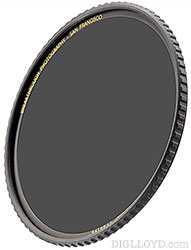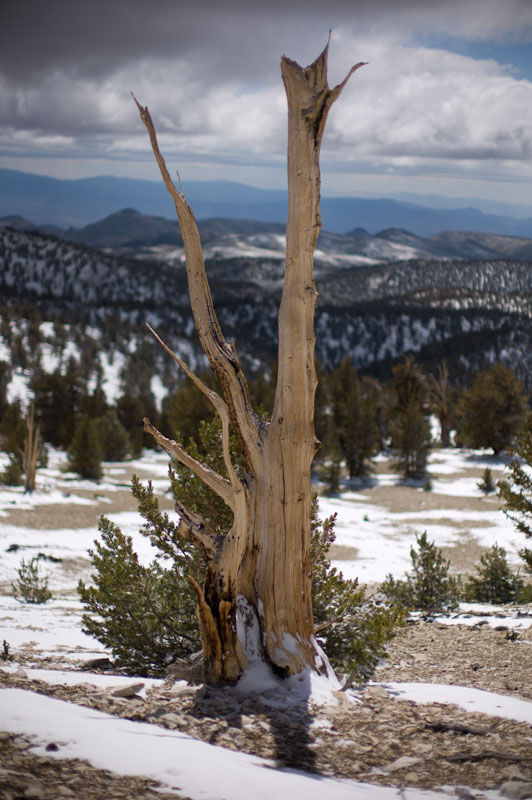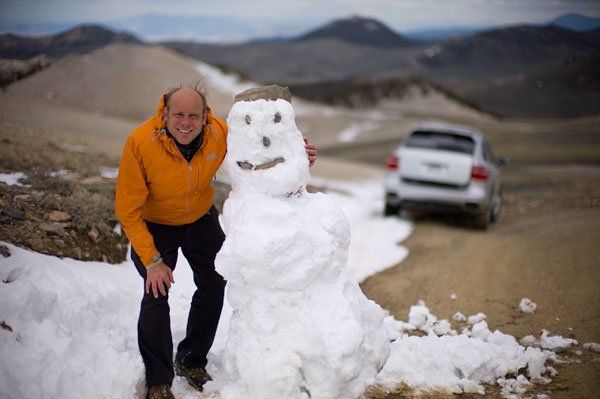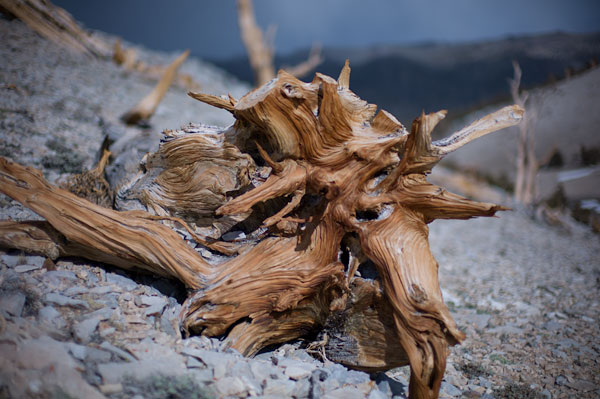

|


|

$200 Leica BP-SCL6 Lithium-Ion Battery (8.4V, 2200mAh) BACK IN STOCK in Accessories: Batteries and Power
|

|

|

|
Neutral Density Filters (ND Filter)
Related: Breakthrough Photography, exposure, filters, Leica M, shutter, spectral transmission

Breakthrough Photography
Neutral density filters reduce the amount of transmitted light. They are available in a variety of densities. Some are multi-coated, and some are single coated, and they come in numerous form factors for virtually any system.
Particularly for the darker filters, as of 2015, the Breakthrough Photography ND filters are the best in color neutrality and of verify high build quality—highly recommended.
Terminology
The terminology can be confusing with some brands (a logarithmic numbering). Translation:
- ND 0.3 = 1 stop
- ND 0.6 = 2 stops
- ND 0.9 = 3 stop
- ND 1.8 = ~6 stops
- ND 3.0 = 10 stops, transmits 0.1% of light)
- ND 4.0 = 13-2/3 stops,
- ND 6.0 = ~20 stops
With most ND filters, the greater the density, the more the color balance is affected, typically a warm cast (yellow) is added. The Breakthrough Photography ND filters are far superior in this regard to most ND filters.
Neutral is an objective, not a fact
Using my Gossen Color Pro IIIf color meter in mid-day 5400° Kelvin sunlight, I measured the color balance of various neutral density filters as listed here. Note that the greater the density, the “warmer” (more yellow) the filter becomes. This effect is quite strong with the 6-stop filter.
A warming of 13 mireds is approximately equal to a B+W KR 1.5 warming filter, while 60 mireds is roughly equivalent to a B+W KR12 — very warm.
| Filter | Mireds* warming | CC filter |
|---|---|---|
| 60mm B+W 2-stop | 13 | 5cc M |
| 72mm B+W 2-stop | 13 | 5cc M |
| 60m Heliopan 3-stop | 17 | 0 |
| 60mm B+W 3-stop | 17 | 0 |
| 60mm B+W 6-stop | 60 | 20cc G |
*micro reciprocal degrees
Why reduce the light?
You might want to reduce the amount of light for the following reasons:
- To allow use of a wide aperture eg f/1.4 or f/1.2 or f/0.95 , since some cameras have top shutters speeds as low as 1/1000 second.
- To slow the shutter speed to allow motion blur;
- For video; a precise aperture might be required, and only an ND filter can achieve the proper shutter speed;
- To increase exposure time so that motion blur smooths the subject (eg moving water);
- To increase exposure time so as to eliminate obstacles eg people inside a church or cars on a busy street.
- To avoid sensor side artifacts: some cameras behave oddly at their maximum shutter speed (CCD sensors mainly eg Leica M9).
Example
The images below were taken at f/0.95 using the Leica M9 and 50mm f/0.95 Noctilux-M ASPH. A 3-stop neutral density filter was used so that the exposure would not “blow out”.
























